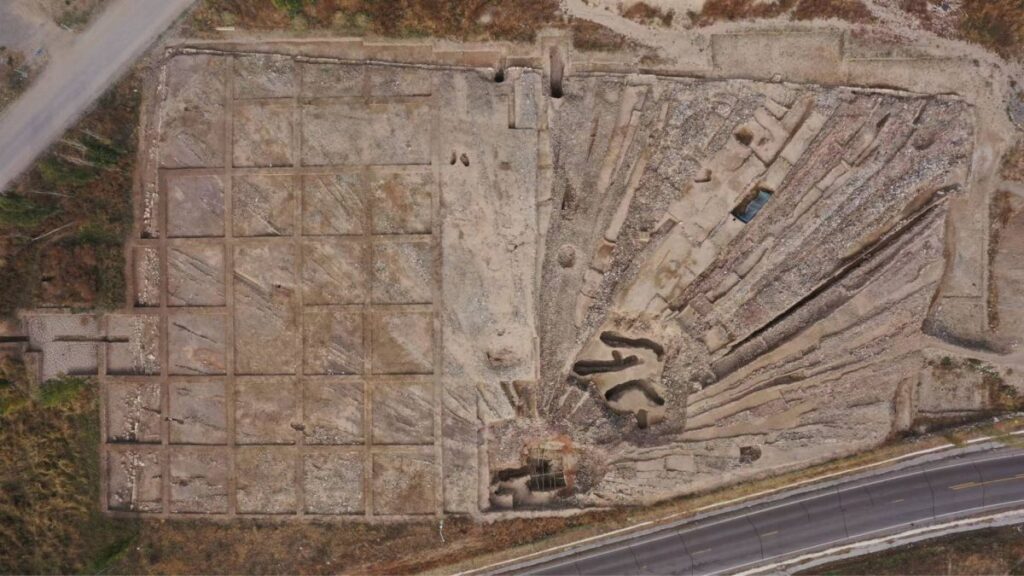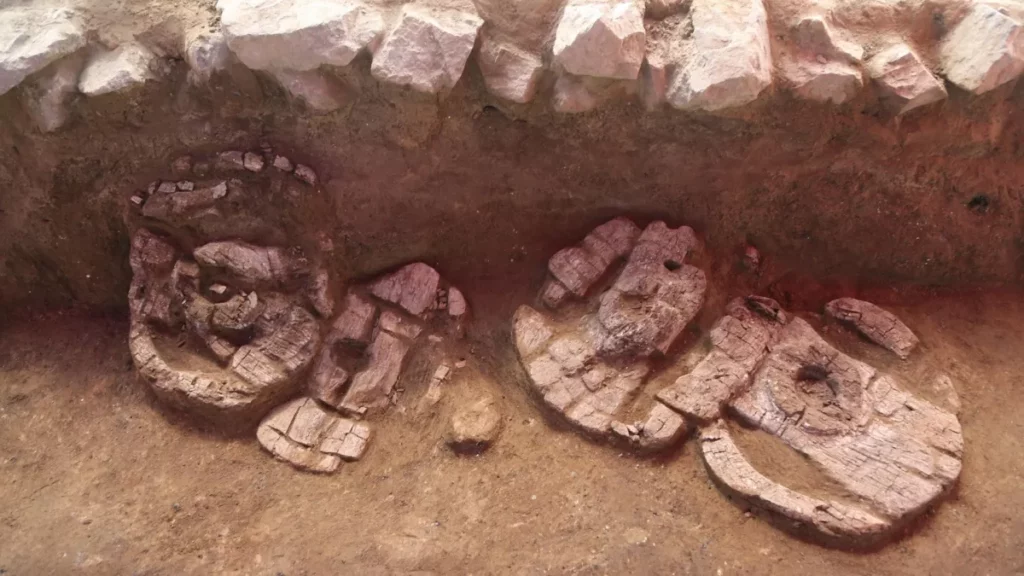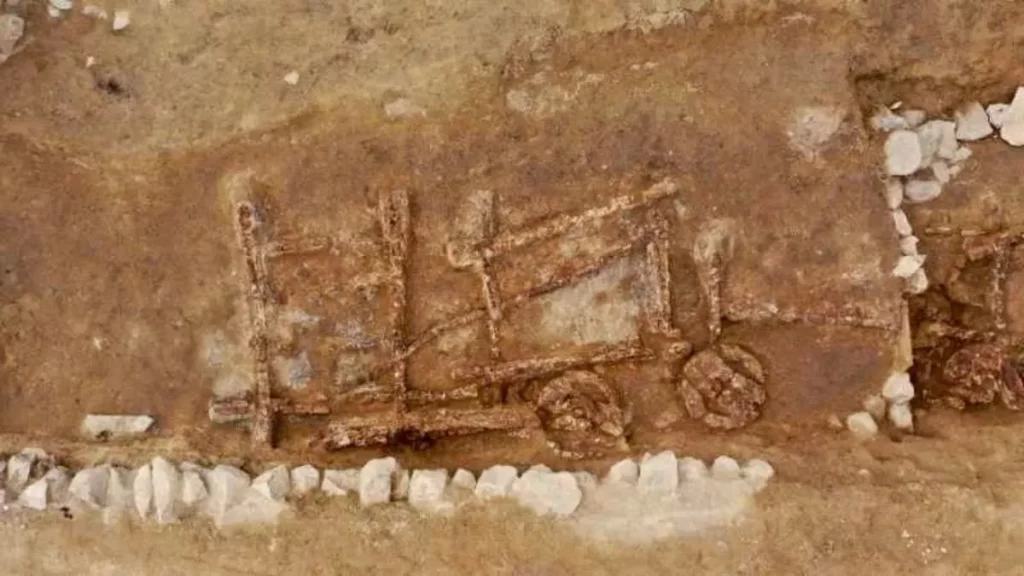
The roughly 3,500-year-old bone ice skates found in Xinjiang are almost exactly like prehistoric ice skates found in northern Europe.
Archaeologists in China have unearthed 3,500-year-old ice skates crafted from animal bone in the country’s western Xinjiang Uyghur Autonomous Region, a mountainous area that some archaeologists think was the birthplace of skiing.
These ice skates, the oldest ever found in China, were made from the bones of oxen and horses, according to a translated statement. They were found in a tomb in the Gaotai Ruins, about 240 miles (385 kilometers) west of the regional capital Ürümqi, archaeologists with the Xinjiang Uyghur autonomous regional government said at a news event on Feb. 27.
It’s not known if the skates were used for hunting or for regular travel. They consist of a straight piece of bone with holes at both ends so they could be strapped to footwear. The resulting “blade” is very flat compared with modern skates, but it formed a cutting edge that allowed the wearer to glide across the ice.
Archaeologist Ruan Qiurong, of the Xinjiang Institute of Cultural Relics and Archeology, told reporters that the newly-found skates are almost exactly the same as ice skates from prehistoric Europe, which can be interpreted as new evidence of a theorized exchange of information between the ancient west and east in the Bronze Age. They are also rare physical material for studying the origins of ice skating in China, he said.

The skates were found in tombs at the Jirentai Goukou archaeological site in China’s Xinjiang, which archaeologists think was inhabited by people from the Andronovo culture of cattle-herders in the late Bronze Age.
The Goaotai Ruins where the ice skates were found are part of the Jirentai Goukou (Jartai Pass) archeological site, which was discovered in 2015. The site comprises an ancient settlement and a nearby tomb complex within a high platform surrounded by stone slabs.
Archaeologists think the site dates from about 3,600 years ago, when the region was occupied by people from the Andronovo culture of cattle-herders, which also occupied parts of Central Asia and the far east of Europe in the late Bronze Age.
The tomb platform is one of the best-preserved Bronze Age tomb buildings in Xinjiang and possibly on the Eurasian steppe, the archaeologists said.
The tombs are thought to have belonged to a noble family among the early cattle-herding people of the area, Qiurong noted; and that the excavations there have revealed important aspects of their burial rites, beliefs and social structures.
Other features of the tombs, including a ray-like structure made from 17 lines of stones, indicate a possible belief in sun-worship, he told the Indo-Asian News Service in 2020.
Wheels and wagons

Buried wooden wagons found at archaeological site in China’s Xinjiang.

Overhead view of buried wooden wagons found at archaeological site in China’s Xinjiang.
The archaeologists also found the remains of dozens of wooden wagons or carts that appear to have been used to build the tomb platform. They include 11 solid wooden wheels and more than 30 wooden parts, including rims and shafts.
“We initially judged that [the wagons] were used to build the high platform around the tombs, and then dismantled and deliberately buried,” Qiurong said at the news conference.
The bone skates found at the Goaotai Ruins are not the oldest on record, but are surprisingly similar to 5,000-year-old skates found in Finland, and similar ice skates have been found at archaeological sites throughout northern Europe.
Scientists think the Finnish skates were used by ancient people in the mostly-flat regions of southern Finland, which is dotted with tens of thousands of small lakes that freeze over in the winter.
China’s mountainous Xinjiang region might also be the birthplace of skiing, according to The New York Times.
Ancient cave paintings in northern Xinjiang’s Altai Mountains, which some archaeologists think may be 10,000 years old, depict hunters on what appear to be skis. But other archaeologists dispute the claim, saying the cave paintings can’t be reliably dated.








